
- Shandong Loyal Industrial Co.,Ltd.
- SHORT-CUT PASTA PRODUCTION LINE LONG-CUT PASTA PRODUCTION LINE INSTANT PASTA PRODUCTION LINE
Home> Application> Macaroni Production Redefined: Full Automation for Optimal Efficiency and Energy Savings

Macaroni Production Redefined: Full Automation for Optimal Efficiency and Energy Savings
Macaroni Production Redefined: Full Automation for Optimal Efficiency and Energy Savings
The macaroni pasta production line technology of Shandong Luoya Industrial Co., Ltd. has introduced advanced technologies from Unifood Machinery and TECHNOPAST.
The landscape of macaroni production is undergoing a significant transformation with the adoption of full automation. This shift is not just a technological upgrade; it's a paradigm change that promises optimal efficiency and substantial energy savings for the industry. As we delve into this redefined era of macaroni production, the importance of embracing automation becomes evident in enhancing overall productivity and sustainability.

The Evolution of Macaroni Production
As we trace the evolution of macaroni production, it becomes evident that the industry has undergone a remarkable journey from traditional methods to the cutting-edge processes of today. Initially, macaroni production relied heavily on manual labor, resulting in inconsistencies in product quality and output. The demand for higher efficiency and standardized products prompted the exploration of technological advancements.
In the mid-20th century, the introduction of semi-automated machines marked a significant leap forward. These machines streamlined certain aspects of the production process, yet challenges persisted in achieving the precision required for uniform macaroni shapes. The industry faced the need for a more comprehensive solution to address these challenges and meet the increasing demands of consumers.
Full Automation: A Game-Changer in Macaroni Manufacturing
The advent of full automation represents a paradigm shift in macaroni production. Robotics and artificial intelligence have emerged as game-changers, enabling a level of precision and efficiency previously unattainable. These technologies work seamlessly together, ensuring every stage of macaroni production, from mixing ingredients to extrusion and packaging, is executed with unparalleled accuracy.
Full automation not only addresses the challenges of the past but also opens new possibilities for customization. Manufacturers can easily adapt to market trends and consumer preferences, offering a diverse range of macaroni products without compromising efficiency. The integration of smart technologies ensures real-time monitoring and adjustments, guaranteeing a consistent and high-quality end product.
Advantages of Full Automation in Macaroni Production
The advantages of embracing full automation in macaroni production are manifold. Enhanced precision is a cornerstone, ensuring every macaroni piece meets exact specifications. This not only improves product quality but also boosts consumer trust in the consistency of their favorite brands. Increased production speed is another noteworthy advantage, allowing manufacturers to meet growing market demands without sacrificing quality.
Moreover, full automation provides the potential for customization. Manufacturers can easily adjust recipes and shapes to cater to specific consumer preferences, fostering innovation and diversification within the industry. The seamless integration of automation also reduces the margin of error, minimizing waste and optimizing resource utilization.
Energy Savings through Automated Processes
Energy conservation is a pivotal focus in the redefined macaroni production process. Automated systems contribute significantly to energy savings through various strategies. The incorporation of energy-efficient technologies in machinery reduces overall energy consumption during extrusion, drying, and packaging. Additionally, the implementation of renewable energy sources, such as solar and wind power, aligns with sustainable practices, making macaroni production not just efficient but environmentally responsible.

The emphasis on energy savings is not just a cost-effective measure but a commitment to the long-term sustainability of the industry. Dr. Sarah Martinez, a leading expert in sustainable food production, emphasizes, "The integration of energy-efficient technologies in automated macaroni production not only reduces operational costs but also positions the industry as a responsible steward of environmental resources."
In the next sections, we will delve into the challenges and solutions in implementing full automation, explore case studies of pioneers in automated macaroni manufacturing, and discuss future trends and innovations shaping the industry.
Challenges and Solutions in Implementing Full Automation
Transitioning to full automation is not without its challenges. From resistance to change to initial investment costs, manufacturers face obstacles. However, solutions and strategies are abundant. By adopting a phased implementation approach, providing comprehensive training, and showcasing successful case studies, the challenges can be navigated effectively.
Case Studies: Pioneers in Automated Macaroni Manufacturing
Real-world examples from industry pioneers such as Colavita, Garofalo, Whole Foods 365 Everyday Value, Jovial, and DeLallo showcase the success of full automation. These case studies provide tangible evidence of increased efficiency, improved product quality, and substantial energy savings. The experiences of these brands reinforce the transformative impact of automation in macaroni production.
Future Trends and Innovations
Looking ahead, this section will explore anticipated trends and innovations in macaroni production. From emerging technologies to market dynamics, the industry's future is marked by continuous advancements. Staying at the forefront of innovation will be crucial for sustained growth and competitiveness.
Conclusion
In conclusion, the redefined landscape of macaroni production through full automation signifies a new era of efficiency and sustainability. The amalgamation of cutting-edge technologies, energy conservation strategies, and successful case studies underscores the transformative power of automation. Macaroni production is now more adaptable, sustainable, and aligned with evolving market demands.

FAQs: Common Inquiries about Automated Macaroni Production
Q1: How does full automation contribute to the precision of macaroni production?
A1: Full automation, leveraging technologies such as robotics and artificial intelligence, ensures precise control at every stage of macaroni production. This results in consistent shapes, sizes, and textures, meeting exact specifications and enhancing overall product quality.
Q2: Can full automation accommodate different types of macaroni products?
A2: Absolutely. One of the advantages of full automation is its adaptability. Manufacturers can easily customize recipes, shapes, and sizes to meet diverse consumer preferences. This flexibility fosters innovation and allows the industry to cater to a wide range of market demands.
Q3: How does automation contribute to increased production speed?
A3: Automation significantly enhances production speed by minimizing manual intervention and optimizing processes. Smart technologies enable seamless coordination, reducing production time without compromising on the quality of the end product.
Q4: What environmental benefits are associated with energy-efficient technologies in macaroni production?
A4: The integration of energy-efficient technologies, such as optimized machinery and renewable energy sources, contributes to significant energy savings. This not only reduces operational costs for manufacturers but also aligns with sustainable practices, minimizing the environmental impact of macaroni production.
Q5: Are there any challenges in transitioning to full automation in macaroni production?
A5: While the benefits are substantial, challenges include initial investment costs, resistance to change, and the need for skilled personnel. However, phased implementation, comprehensive training programs, and showcasing successful case studies are effective strategies to overcome these challenges.
Q6: How do case studies from industry pioneers, like Colavita and Garofalo, demonstrate the success of automated macaroni production?
A6: Case studies from leading brands showcase tangible results, including increased efficiency, improved product quality, and substantial energy savings. These pioneers serve as benchmarks, illustrating the transformative impact of full automation on the overall business operations of macaroni production.
Q7: What can we expect in terms of future trends and innovations in macaroni production?
A7: The future of macaroni production holds exciting prospects, with emerging technologies, market dynamics, and advancements in automation. Anticipated trends include even more advanced automation solutions, increased sustainability measures, and further improvements in product customization to meet evolving consumer preferences.
Contact Us

- Shandong Loyal Industrial Co.,Ltd.
- Telephone+86 13176674591
- Email[email protected]
- WhatsApp+86 13176674591
- WeChat13176674591
- AddressC623, Jiahui Global Plaza, No. 548, Beiyuan Street, Tianqiao District, Jinan City, Shandong Province
- Factory AddressADD -300m North of Zhangxia Industrial Park, Binhe Road, Zhangxia Town, Changqing District, Jinan
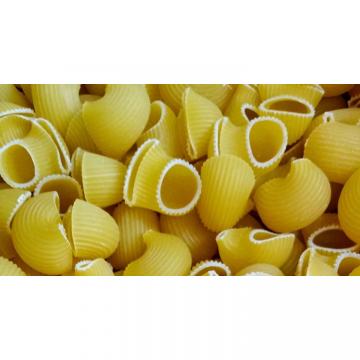

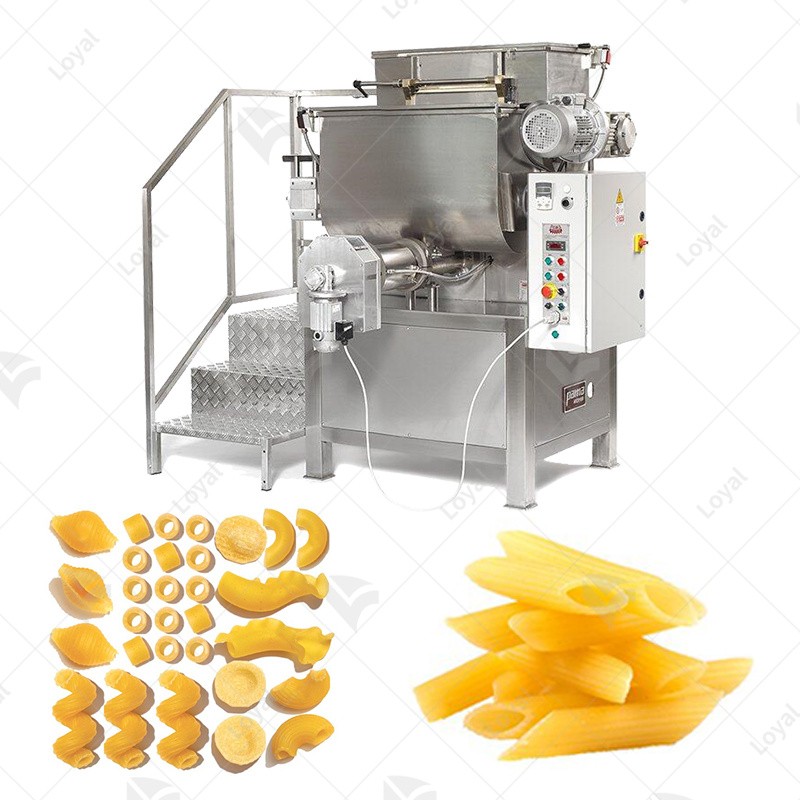

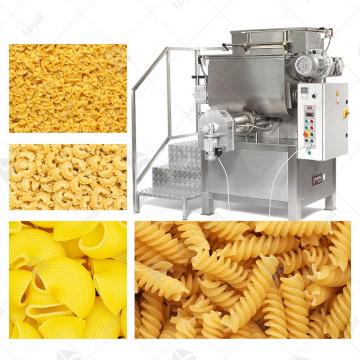
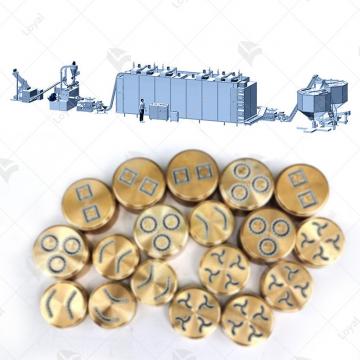 Macaroni Pasta Production Line
Macaroni Pasta Production Line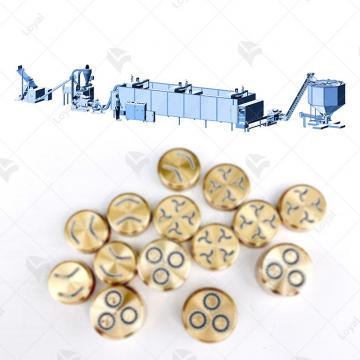 Pasta Processing Equipment
Pasta Processing Equipment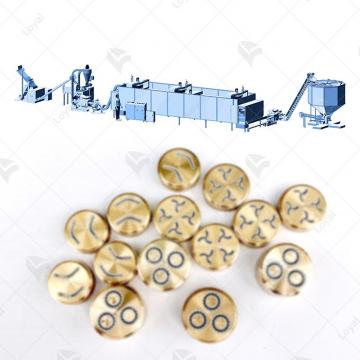 Short-Cut Pasta Production Line
Short-Cut Pasta Production Line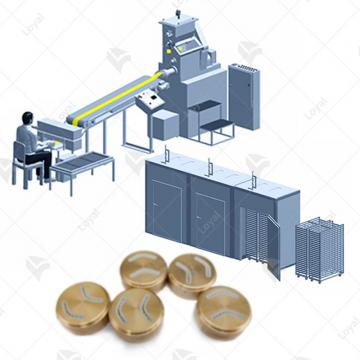 Dry Pasta Production Line
Dry Pasta Production Line